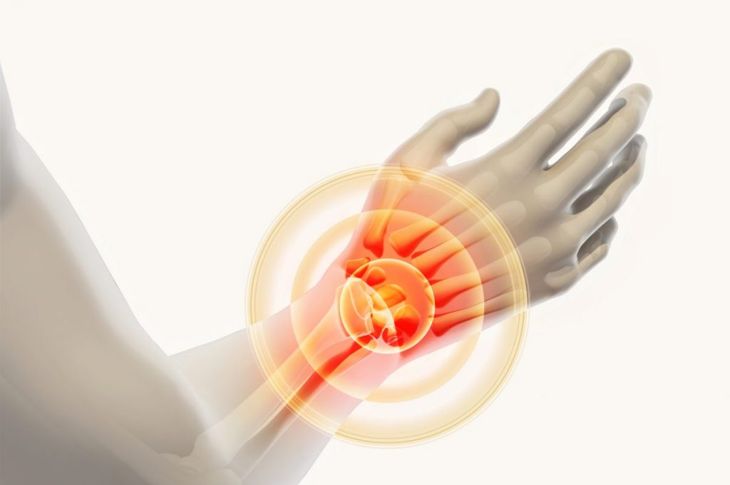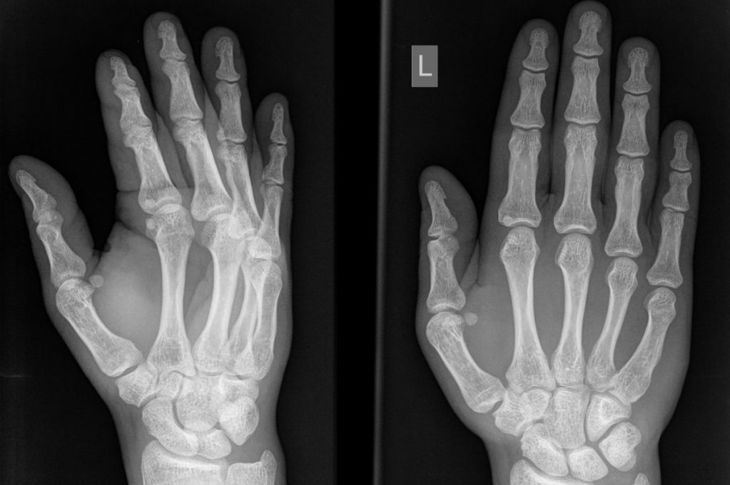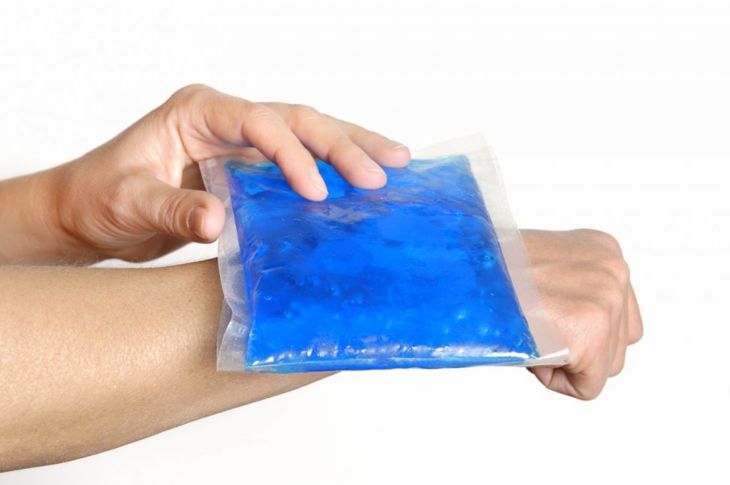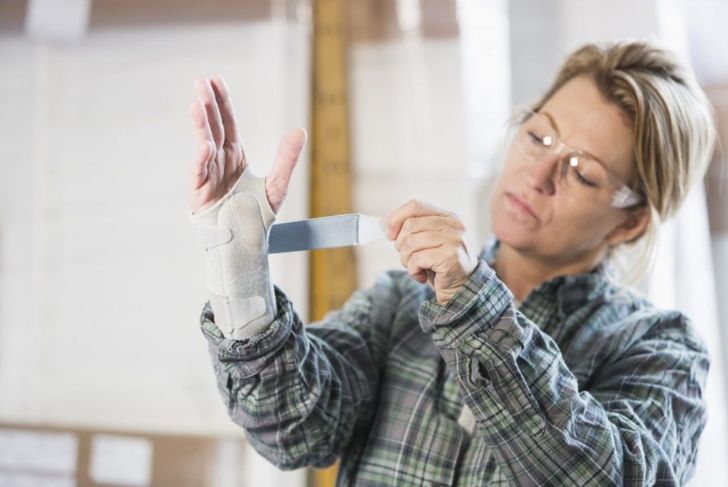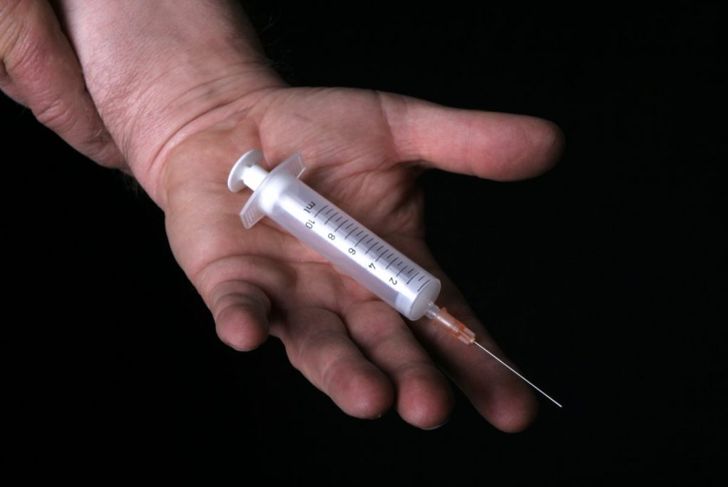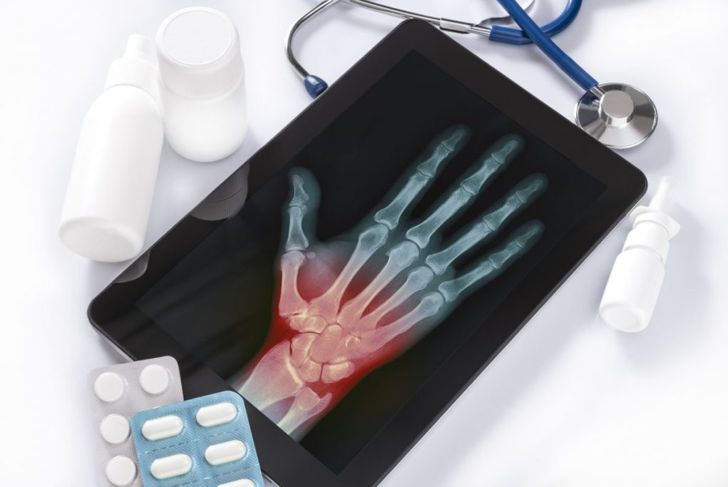A carpal boss, also known as bossing or carpometacarpal boss, is a bony growth or lump to develop on the back of the wrist, at the base of the carpal bone of either the pointer or middle finger. In most cases, this is not a serious condition and often needs no medical intervention. Occasionally, carpal boss causes pain and needs to be treated. If you have a lump or bump on the back of your wrist, a doctor can help you rule out other, more serious, conditions. It can be helpful to understand the symptoms and treatments of carpal boss
What Causes Carpal Boss?
If you have carpal boss, you may wonder how you got it. Doctors don’t know the exact cause of it, but it seems to appear with repetitive stress such as performing the same movement in sports or work, over and over again. Golfers, tennis players, typists, and those who do repetitive work with their hands are at risk of developing carpal boss.
How to Recognize Carpal Boss
If you’re between the ages of 20 and 40, you’re more likely to develop carpal boss. It affects both men and women equally. You will notice a hard, bony lump on the back of your wrist. It may be painful and tender or have no pain associated with it. It usually occurs on one wrist, but some people have them on both wrists.
Other Symptoms of Carpal Boss
Carpal boss can also cause the tendons to pop and snap when you move your fingers. This may or may not be painful, depending on how tender the growth is. Popping and snapping are relatively harmless, although it may bother you to feel it or hear it.
Diagnosing Carpal Boss
Your doctor will want to use x-rays or other imaging technology to identify that the lump on your wrist is a carpal boss and not another problem, such as a tumor or ganglion cyst. In fact, ganglion cysts can appear on the carpal boss, which is just one reason it’s best to catch and treat the latter condition.
Treatments for Carpal Boss
If you have a particularly painful growth, there are several possible treatments including
Pain relievers
Ice applied to the painful area
A support or splint
Steroid injections
Surgery
Some of these treatments may be combined with others for the greatest effect. You should talk to your doctor to determine which treatments make the most sense for your situation.
Using Pain Relievers for Treatment
If your carpal boss causes you pain, you may be able to treat it with an over-the-counter painkiller. Ask your doctor if this is a good option for you, and follow the dosages your doctor recommends. If you choose to take pain relievers, do not go over the recommended dosages unless directed by a physician.
Icing a Carpal Boss as Treatment
Applying ice can often relieve symptoms for a while. You can use icing in conjunction with pain relievers to get more relief than just icing or using pain relievers alone. Icing will help reduce inflammation occurring due to the carpal boss.
Wearing a Splint as Treatment
Wearing a splint to immobilize your wrist may help reduce the pain associated with the carpal boss. You can use the splint while icing and while taking pain medications to further reduce pain and swelling. Immobilizing your wrist will help reduce inflammation because it reduces the stress on the limb.
Getting Steroid Injections as Treatment
If the above treatments do not work, your doctor may inject the growth with a steroid to reduce pain and swelling. Some people who receive these injections get immediate relief that can last several weeks. During this time, the inflammation may reduce enough to cause no further problems.
Surgery as a Treatment
If the nonsurgical options do not relieve the pain, you may opt for surgery. A surgeon that specializes in hands will carry out the operation; this is an outpatient procedure that usually takes one or two hours. Your hand and wrist will be swollen afterward, and you will have at least a six week recovery time. Surgery doesn’t always fix the problem, and if you continue to have pain, you may have to have the joint fused in another surgery, or make permanent changes to your work style.

 Home
Home Health
Health Diet & Nutrition
Diet & Nutrition Living Well
Living Well More
More
